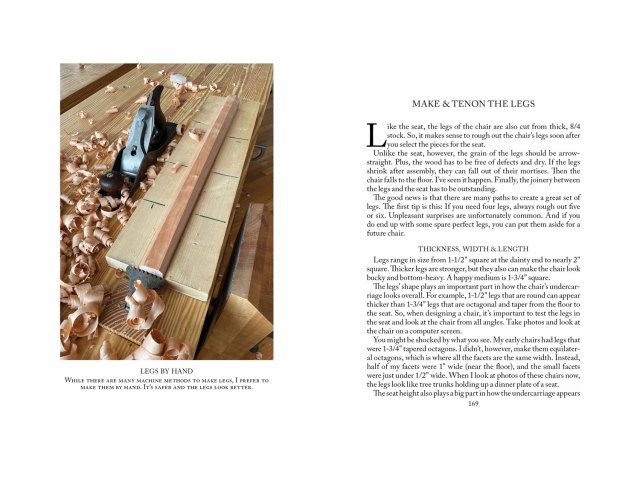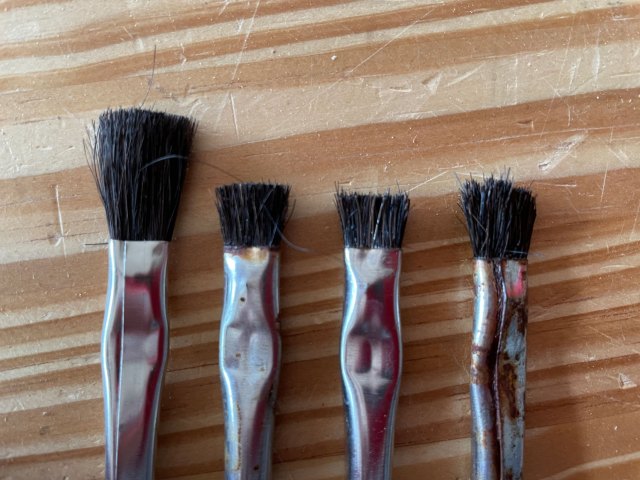
This is a short update on “The Stick Chair Book” and, if you stick with me, I’ll even throw in something useful at the end of the blog entry. No peeking, John Cashman.
When I started writing this book, my goal was a massive brain dump on everything I knew about stick chairs that was righteous and good. All the techniques that work. All the stuff about wood that would be helpful. All the little tricks, finishes, shapes, patterns, sharpening methods etc. etc.
I have concluded that instead there needs to be a “Chair-clopedia.” There should be one entire volume on processing wood. A second on legs. Separate volumes on steambending, arms, sticks, crests, saddling seats, tools, finishing, assembly, patterns and on and on. Written by a host of experts. All bound in hardbacks with the look and feel of hand-tooled leather.
I’m being serious. I’m also serious when I say a project like that could never happen.
As I began to drown in my own outline and circle around the toilet bowl of my own making, I found a bright string – something that could pull me out of the watery grave. It was a new outline for the book.
I’m now more than halfway finished with the book. Half the chapters are designed and are being edited by Megan Fitzpatrick, Narayan Nayar and the Chair Chat Twins (Klaus Skrudland and Rudy Everts). It’s going to be a monster of a book, likely more than 600 pages. But so far it’s a quick read thanks to my love of simple sentence structure and ample doodle space.
I am on track to get it to press by June. It should be released in August, just in time for chair season.

And now for something completely useful. We use acid flux brushes to spread glue in mortises, which is pretty common. But we trim them to a certain size and shape that makes them far more effective.
When acid flux brushes are born, their bristles are 3/4” long and spread out about 1/2” to 5/8”. If you’ve ever used a stock acid flux brush, you know what happens. The bristles get sopping wet and flop around like a wet mop.
It’s almost impossible to get glue to go where you want it.
I like to trim the bristles so they are 3/8” long. Then trim the width of the bristles so they are 3/8” wide. If there are any errant bristles, snip them off.
A brush with this shape is ideal for grabbing a decent amount of glue and putting it exactly where you want it. The bristles will be stiff, but flexible enough so you can press glue into corners and crevices.
When the glue-up is over, clean the brush (I’ve had brushes last five years or more). When it’s time for another glue-up, first inspect the brush. If there are stray bristles, snip them off.
What’s your favorite useless trick from a woodworking magazine?
— Christopher Schwarz
Read other posts from the “Making Book” series here.